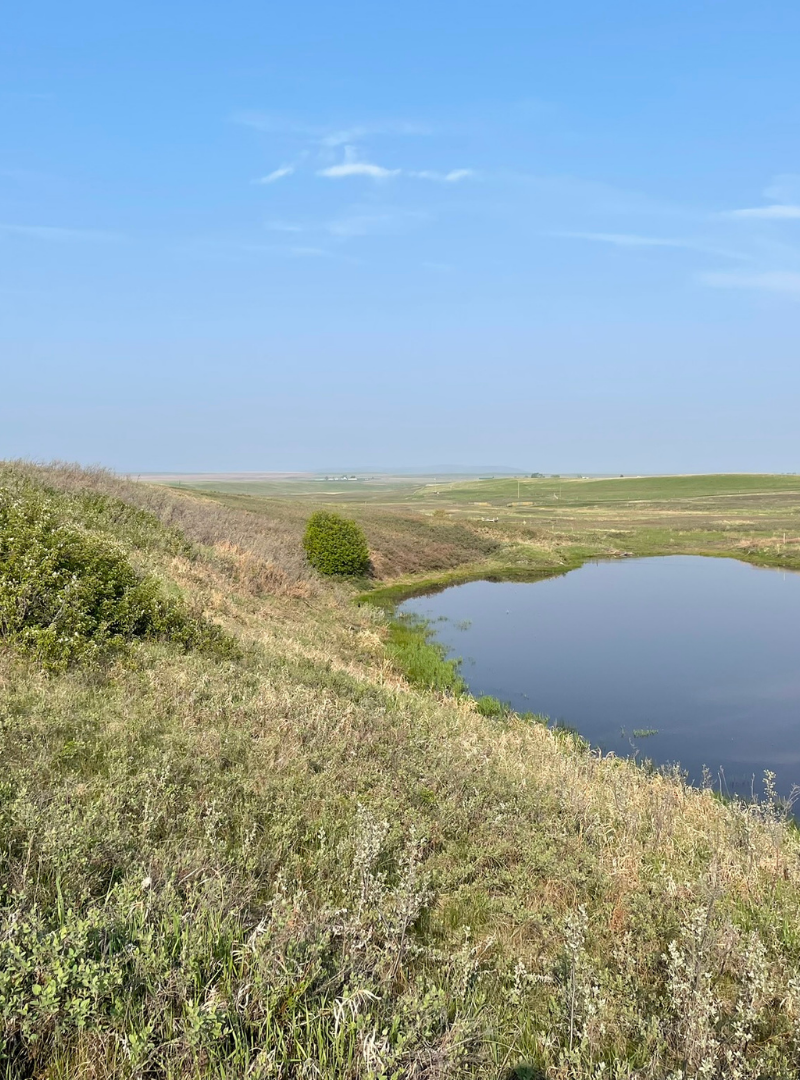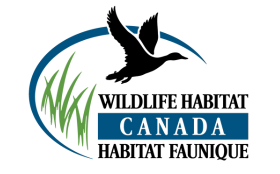Natural Heritage Conservation Program –Land Trusts Conservation Fund (NHCP-LTCF)
Large Grants Program
The 2025-2026 application window is closed.
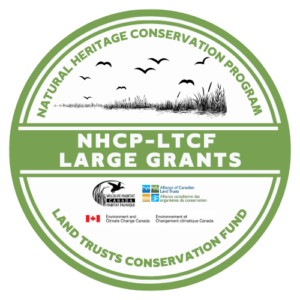
Overview
In order to be considered for NHCP-LTCF Large Grants 2025-2026 (Year 7), completed Application Forms and required documentation are to be submitted between April 23, 2025 and “NEW* August 29, 2025 at 8:00pm (ET). Prospective awardees, please review the Year 7 guidelines for deadlines and important dates below (guidelines, templates, and application are subject to change).
If you would like to be added to our email list to receive program announcements and updates, please email grants@whc.org.

The Government of Canada is investing a further $90 million to their initial $100 million investment (2019-2023), over the next 3 years in the Natural Heritage Conservation Program (from April 1, 2023, to March 31, 2026) as a continuation of the Budget 2018’s Nature Legacy initiative. This funding will be shared by conservation partners including the Nature Conservancy of Canada, Ducks Unlimited Canada, and Canada’s community and regional land trusts.
The NHCP is a public-private partnership designed to advance privately protected areas in some of the country’s most cherished landscapes.
More specifically, the NHCP aims to achieve the following objectives:
- To contribute to the achievement of the terrestrial and inland water elements of Canada’s target of Canada’s 2020 Biodiversity Goals and Targets;
- To contribute to the protection of habitat for the recovery of Species at Risk Act (SARA) listed species at risk and the prevention of other species from becoming listed under SARA.
The Nature Conservancy of Canada, Ducks Unlimited Canada, Wildlife Habitat Canada and a variety of regional and local land trusts represented by the Alliance of Canadian Land Trusts are working together under the Natural Heritage Conservation Program to support these goals, with a commitment to protect an additional 15,000 hectares of habitat for species at risk.
Wildlife Habitat Canada is providing grant administration services for the Land Trusts Conservation Fund, which is a component of the Natural Heritage Conservation Program. The Land Trusts Conservation Fund will provide approximately $5.08 million annually over three years to support Canadian land trusts in securing private lands and private interests in lands.
Note: Canadian federal government contributions cannot be used as matching funds under the NHCP-LTCF program.

This investment in nature is an important step in achieving Canada’s target of conserving a quarter of its lands and a quarter of its oceans by 2025, and toward conserving 30% by 2030.
The NHCP-LTCF program is designed to directly support Canada Target 1 and as such, land funded under the NHCP-LTCF program must count towards objectives for permanent or long-term protection of land, either as a “Protected Area” (PA) or an “Other Effective Area-Based Conservation Measure” (OECM), as defined by Appendix 1 of One with Nature 2019:
Protected Area (PA): A Protected Area is “a clearly defined geographical space, recognized, dedicated and managed, through legal or other effective means, to achieve the long-term conservation of nature with associated ecosystem services and cultural values.” (One with Nature definition, 2019).
Other Effective Area-Based Conservation Measure (OECM)*: An OECM is broadly defined as “a geographically defined area other than a Protected Area, which is governed and managed in ways that achieve positive and sustained long-term outcomes for the in-situ conservation of biodiversity, with associated ecosystem functions and services and where applicable, cultural, spiritual, socio-economic, and other locally relevant values.” (One with Nature definition, 2019).
*If your project involves a unique mechanism for conservation or an OECM, please contact WHC to discuss the details of your project before submitting an application.
Note: Successful applications with projects involving a unique mechanism for conservation or an OECM will require approval by ECCC before a Funding Agreement between WHC and the Applicant can be signed (WHC will facilitate the ECCC request for approval).
A Decision Support Tool exists to provide support in assessing whether or not an area contributes to Canada’s Target. Applicants are encouraged to review the Decision Support Tool and assess their project land using the Decision Support Tool Screening Template for Protected Areas and OECMs to determine whether the area can be counted towards Canada Target.
For further information, see the overview of the Accounting for Protected and Other Conserved Areas.
NHCP-LTCF Large Grant funds can be used to fund both in-year securement expenses AND associated securement costs of fee simple land or Conservation Agreements.
Per program year, applicants are permitted to submit one project per Application Form with a funding ask between $50,001.00 and $1,000,000.00. Applicants may choose to submit up to 3 Large Grant project Application Forms with a combined total ask of up to $1,250,000.00/ per organization (this would require that an application be submitted for each proposed project), or a single Large Grant project for a minimum ask of $50,001.00 and maximum ask of $1,000,000.00.
Wait listed Large Grant projects may elect to submit a revised project to the Small Grant program; however, if funds are awarded under the Small Grant program, the project will be removed from consideration under the Large Grant program.
Required Match: The NHCP-LTCF is a matching funds program, with a required match ratio of a minimum 1.5:1. This means that for every $1 of Program funds awarded, a minimum of $1.50 in matching funds from sources other than Canadian Federal Government investments must also be contributed.
Required Stewardship Endowment Contribution for Each Project: Projects funded under the NHCP-LTCF require a cash contribution to a stewardship endowment fund for the long-term stewardship of the lands.
For first installment, Awardees will be required to acknowledge confirming the total match value of the project, that all matching funds are in place and that no other sources of Canadian federal government funds have been used as Cash match or In-Kind matching funds.
Project Audit: Projects may be selected for a program or financial audit by internal WHC staff or an external Chartered Professional Accountant (CPA) to ensure compliance with the terms and conditions of the Small Grants program and the Funding Agreement. Successful applicants are required to maintain detailed records and supporting documentation associated with the project.
Year 7 2025-2026
- Eligible projects must close between April 1, 2025 and December 31, 2025.
- Eligible project expenses will be those incurred between April 1, 2025 to March 31, 2026.
- Associated project expenses that occurred between April 1, 2022 and March 31, 2026 can be applied to the project as matching funds (provided that the expenses were not paid for with other sources of Canadian federal funds).
Eligibility
To be eligible to apply to the Land Trusts Conservation Program (LTCF), applicants must meet all the criteria below:
- Applicants must be a Canadian Land Trust*;
- Applicants must be a registered Canadian charity; and,
- Applicants must be in compliance or working towards substantial compliance with the Canadian Land Trust Standards and Practices (2019)** or Guide des bonnes pratiques en intendance privée: aspects juridiques et organisationnels, as demonstrated through a Board resolution or confirmed through an attestation by a senior officer of the organization. This includes, in particular, compliance or substantial compliance with Standards 8-12 which address the securement and stewarding of conservation lands.
* A Canadian Land Trust is defined as a not-for-profit conservation organization that, as all or part of its mission, actively works to conserve land by acquiring land or Conservation Agreements (or assisting with their acquisition) and/or stewarding/managing land or Conservation Agreements (CLT Standards & Practices 2019).
** The Canadian Land Trust Standards & Practices were revised in January 2019 and land trusts will be in a transition phase while adopting new practices. Land trusts are expected to be making significant progress towards the adoption of a Board resolution. Resolutions are expected to be filed with the appropriate Alliance, if applicable, and on-file with the land trust for review by WHC, upon request.
Per program year, applicants are permitted to submit one project per Application Form with a funding ask between $50,001.00 and $1,000,000.00. Applicants may choose to submit up to 3 Large Grant project Application Forms with a combined total ask of up to $1,250,000.00/ per organization (this would require that an application be submitted for each proposed project), or a single Large Grant project for a minimum ask of $50,001.00 and maximum ask of $1,000,000.00.
A project is defined as a parcel or grouping of parcels that may or may not share the same landowner (see multiple ownership below):
- sharing the same conservation objectives (see below);
- clearly contributing to Canada’s Target (i.e., can be counted as Protected Areas or Other Effective Area-based Conservation Measures); and,
- consisting of either conservation agreements or fee simple acquisition or a combination thereof.
NOTE: Proposed projects that do not consist of traditional fee simple or conservation agreement transaction or conservation mechanism, may be considered on a case by case basis and would require ECCC approval. Contact WHC staff in advance of application submission to review.
Shared and mutually beneficial conservation objectives may include:
- Where parcels occur in a cluster, connectivity/continuity of protected lands, providing increased ecosystem integrity and risk mitigation for climate change or as key wildlife corridors.
- Where parcels are more geographically dispersed, intact habitat for a particular species-at-risk or protection of rare ecosystem types, priority habitats or protection of key stopover points on migratory pathways.
Notes:
- Eligible projects must have a closing date between April 1, 2025 and December 31, 2025.
- Land trusts are expected to commit to protecting the number of hectares presented in the application, regardless of the number of landowners or parcels.
- NOTE: If using or considering using other sources of federal funding for the proposed project, it is vital that a realistic hectare total be identified on the application. There are hectare requirements under the NHCP that must be met. Please contact WHC staff (Sonia or Sarah) with any questions or concerns.
Per program year, applicants are permitted to submit one project per Application Form with a funding ask between $50,001.00 and $1,000,000.00. Applicants may choose to submit up to 3 Large Grant project Application Forms with a combined total ask of up to $1,250,000.00/ per organization (this would require that an application be submitted for each proposed project), or a single Large Grant project for a minimum ask of $50,001.00 and maximum ask of $1,000,000.00.
Required Match: The NHCP-LTCF is a matching funds program, with a required match ratio of a minimum 1.5:1. This means that for every $1 of Program funds awarded, a minimum of $1.50 in matching funds from sources other than Canadian Federal Government investments must also be contributed.
Required Stewardship Endowment Contribution for Each Project: The amount of stewardship endowment required under the NHCP-LTCF is outlined in the guidelines.
Project Audit: Successful applicants must have a financial audit completed on the project by an external Chartered Professional Accountant (CPA). A copy of the audit must be received by WHC by the final reporting deadline.
Audit cost and payment: Note that the cost of the audit will be covered outside of awarded NHCP-LTCF funds, and therefore the audit cost should not be included in your NHCP-LTCF funding ask. Successful applicants must provide a realistic project audit estimate to WHC within one-month of funding approval. Common audit pricing on land acquisition projects is normally in the range of $500 to $6,000; however, only the amount noted on the third-party audit invoice will be paid. Payment of the audit invoice will be made by WHC, following WHC’s receipt and approval of the project’s financial audit and final reporting (2% or less of the total LTCF award to a maximum of $5000).
How to Apply
In order to be considered for NHCP-LTCF Large Grants 2025-2026 (Year 7), completed Application Forms and required documentation are to be submitted between April 23, 2025 and *NEW* August 29, 2025 at 8:00pm (ET). Prospective awardees, please review the Year 7 guidelines for deadlines and important dates below (guidelines, templates, and application are subject to change).
If you would like to be added to our email list to receive program announcements and updates, please email grants@whc.org.
To submit an application, all applicants must have read, acknowledge and agree with the requirements of the program Guidelines for their respective category (Large or Small Grant program).
Successful proponents are expected to enter into a signed agreement with WHC regarding the exchange of funds. All applicants are expected to review the draft Funding Agreement prior to preparing and submitting an application.
All awardees of the NHCP-LTCF (Large or Small Grant program) must complete the Final Reporting Form, in full, by the deadline.
Reference the following documents prior to preparing and submitting an application:
LARGE GRANTS
- Large Grants – Guidelines – Year 7 (*subject to change)
- LTCF Funding Agreement Template_Year 7 (Large Grants) (subject to change)
- Project Budget Template – Year 7 (Application)
- Sample Application Form
- Parcel Grid Template
- Stewardship Endowment Calculator (Optional)
- NHCP-LTCF Guidance for Conservation Planning Framework
- Evaluation Criteria Table (Applications)
- Example of Required Financial Project Audit (Final Reporting)
Documents are subject to change.
- Documents and reporting must be submitted through Wildlife Habitat Canada’s online grant system. Click here to access the login page.
- A preview of the application form is available here and is subject to change.
- Click here to reference the HOW TO Complete the Final Report Form video
- For Small Grant awardees – Reference the HOW TO Complete the automated Financial Report Template video. Click here
Important Reference Documents
External Review Panel
The External Review Panel will be comprised of 3 to 6 advisors from across Canada who have extremely strong knowledge or experience in matters of land conservation and/or grant making in conservation.
Year 7 – External Review Panel geographic composition:
- British Columbia
- Alberta
- Québec
- Ontario
- Atlantic Canada
External Review Panel members evaluate provided submissions based on a rubric and criteria developed by the CLTWG and WHC.
Current Awardee Information
Canadian federal government contributions cannot be used as matching funds under the NHCP-LTCF program.
Year 6 – Project Dates: April 1st, 2024 and February 17th, 2025 (closing)
Dates and Deadlines
- Decision letters to applicants: ~May 2024
- Mid-Project Milestones: September 14th, 2024, November 1st, 2024, January 15th 2025
- Final Reporting: March 31, 2025
2024-2025 LARGE GRANT AWARDEE PROJECT DETAILS
Ontario Nature – Yates Property 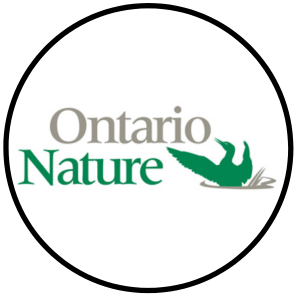
Project Accomplishments:
- Expanded Protected Corridor in the Frontenac Arch:
Secured the 23.74-hectare Yates property adjacent to Ontario Nature’s Gananoque Lake Nature Reserve, enhancing connectivity within the Frontenac Arch Biosphere Reserve and contributing to the Algonquin to Adirondack (A2A) corridor. - Protected Diverse and High-Value Habitats:
Conserved mixed forests, wetlands, treed swamps, and rock barrens supporting 18 species at risk (including Cerulean Warbler, Butternut, and American Eel) and 20 provincially rare species within a globally significant biodiversity hotspot. - Strengthened Climate Resilience and Prevented Development Threats:
Prevented potential residential and road development, securing critical habitat for species adaptation and long-term ecological function under Ontario Nature’s management plan for permanent protection.
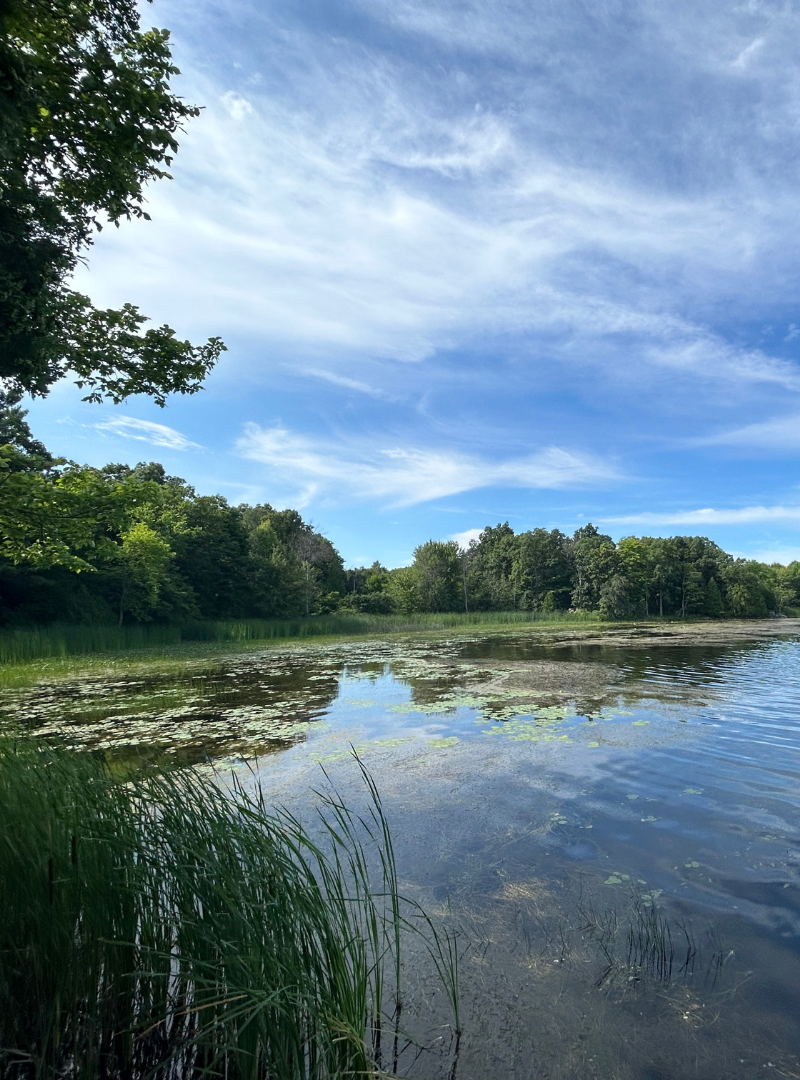
Kawartha Land Trust – MacLean 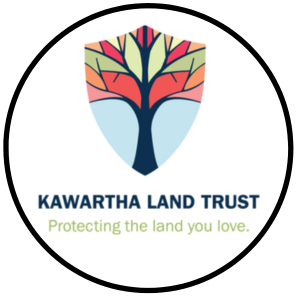
Project Accomplishments:
- Protected 86 ha of Critical Oak Ridges Moraine Habitat:
Secured a large, ecologically diverse property within a Natural Core Area of the ORM, adjacent to Fleetwood Creek Natural Area and Ballyduff Trails, expanding one of the largest protected land networks in the region. - Safeguarded Provincially Significant Features and Species:
Conserved two Areas of Natural and Scientific Interest (Fleetwood Kames and Headwaters) and key habitats including forests, wetlands, and meadows that support over 80 species at risk, such as black ash and brook trout. - Enhanced Watershed Health and Climate Resilience:
Protected over 1 km of coldwater stream and 4 ha of provincially significant wetland, improving flood control, groundwater recharge, and habitat connectivity in a watershed facing high agricultural and development pressures.
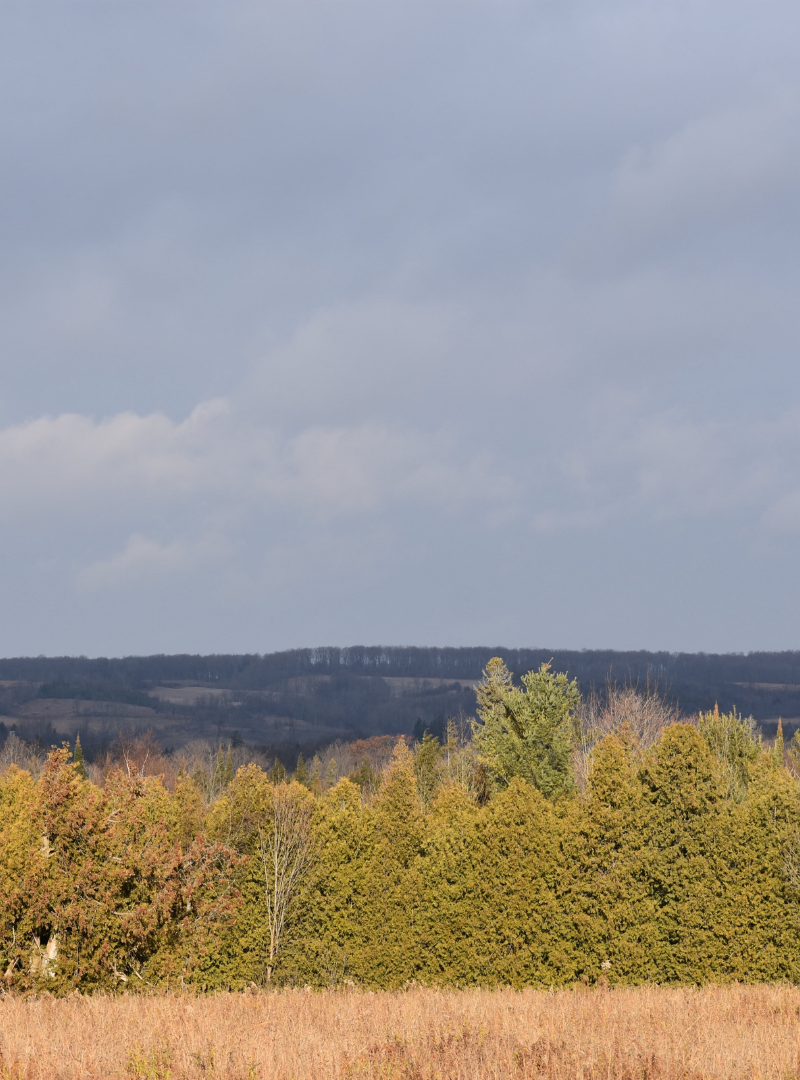
Kawartha Land Trust – Wolfe Estate Forest 
Project Accomplishments:
- Protected a Rare, Large-Scale Ecosystem:
Secures 300 hectares of forest and wetland habitat within The Land Between ecotone, a vital transition zone between the St. Lawrence Lowlands and the Canadian Shield, maintaining a major forested wildlife corridor east of Peterborough. - Safeguarded Species and Watersheds:
Conserves mature oak, maple, and ash forests, black ash swamps, and headwater streams that flow into the Beloporine Lake Provincially Significant Wetland, supporting numerous Species at Risk and improving watershed health. - Prevented Development and Habitat Loss:
Averted threats from solar farm proposals and potential clear-cutting, ensuring long-term protection of contiguous forest cover and preventing habitat fragmentation, invasive species spread, and biodiversity decline.
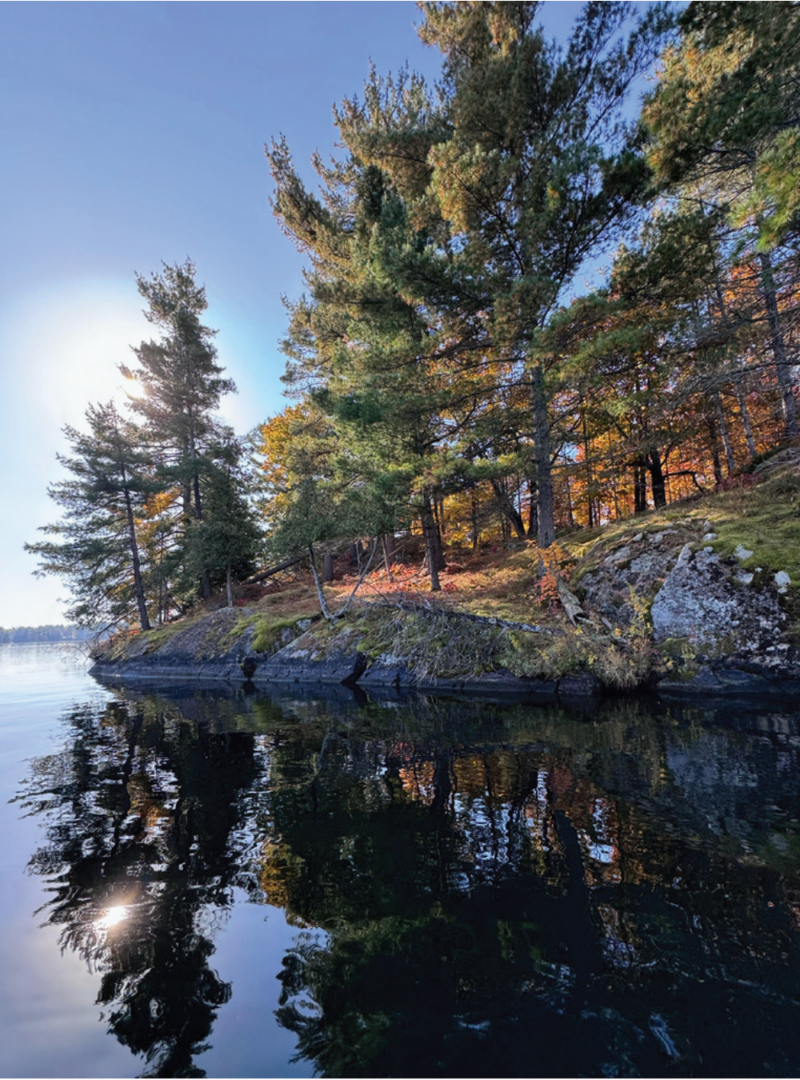
Island Nature Trust – Campbells Cove 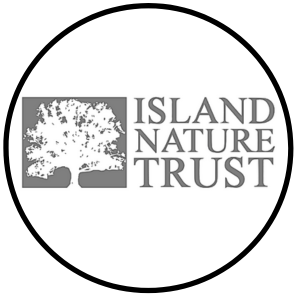
Project Accomplishments:
- Protected a Large, Ecologically Significant Property:
Secured 111.29 hectares of diverse forest and bog habitats in Campbell’s Cove, Kings County, strengthening one of the few remaining large, undeveloped natural areas on Prince Edward Island. - Enhanced Habitat Connectivity for Species at Risk:
The property contributes to the PEI Forested Landscape Priority Place, protecting North Lake Creek and its tributary while providing vital habitat for species-at-risk and improving watershed resilience. - Ensured Permanent Legal Protection:
Upon acquisition, the property will be designated under the PEI Natural Areas Protection Act, safeguarding it in perpetuity from development and conversion while enabling ecological management and education.
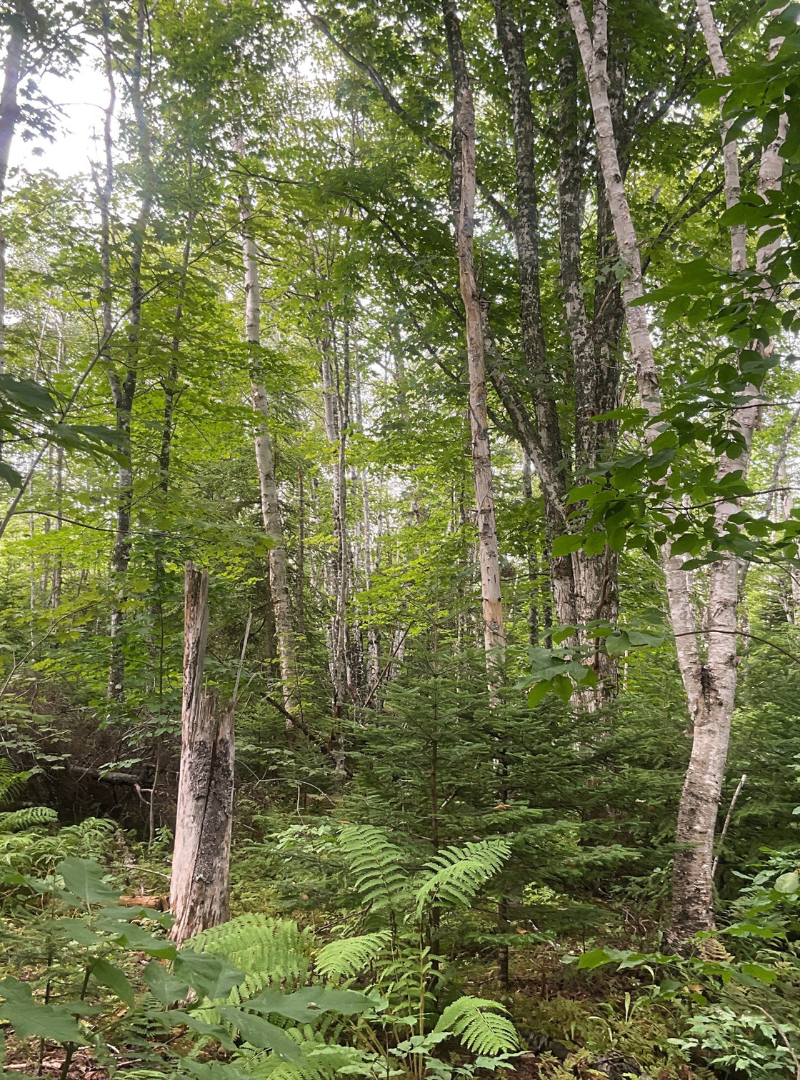
Corridor Appalachien – Brière 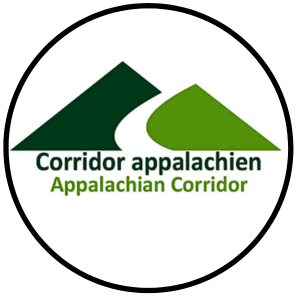
Project Accomplishments:
- Protected a Large Transboundary Ecosystem:
Secured 173.56 ha through acquisition and a 400.88 ha conservation easement, totaling 574.43 ha in the Green Mountains Natural Region, a key corridor linking Quebec’s Mont-Orford National Park with protected forests in Vermont. - Prevented Habitat Loss and Fragmentation:
Successfully halted a planned 70-unit residential development, protecting core wildlife habitats and maintaining ecological connectivity within the Northern Appalachians-Acadian region. - Strengthened Regional Conservation Network:
Consolidated protection efforts by connecting adjacent NCC-owned lands in Quebec with large Vermont forest reserves, ensuring long-term resilience of cross-border biodiversity.
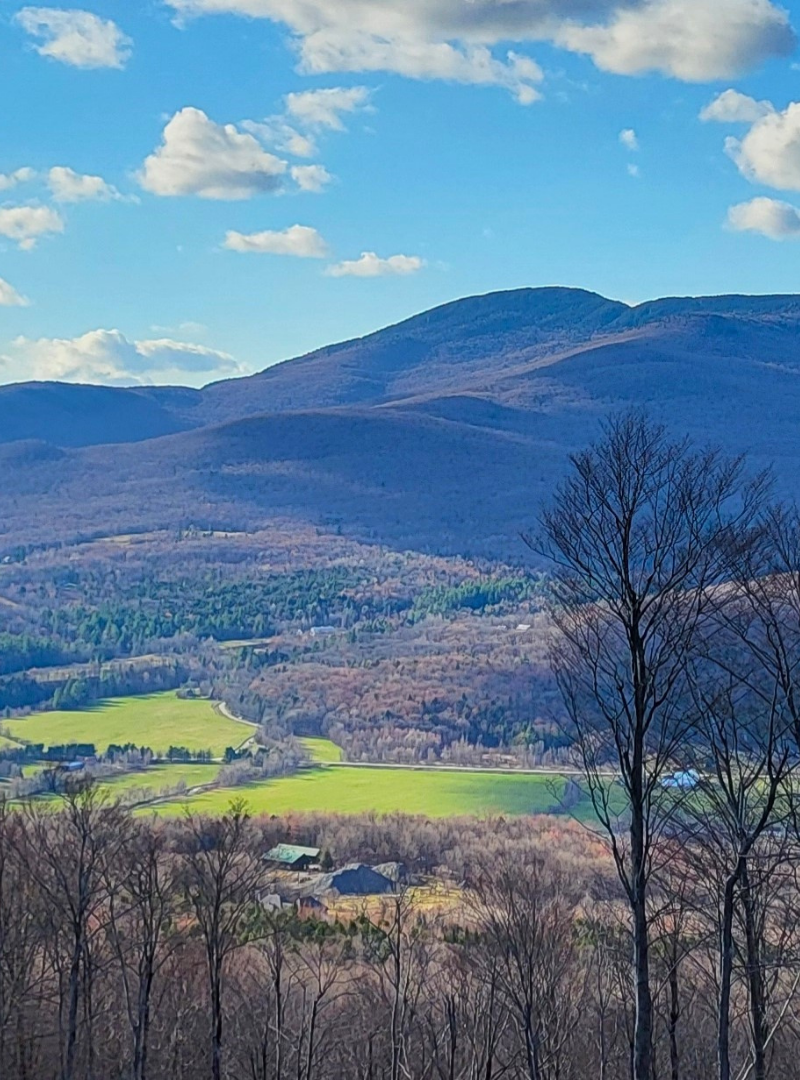
Memphrémagog Nature Foundation – Goodwin Conservation 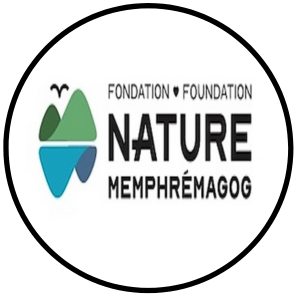
Project Accomplishments:
- Strategic Land Protection in a Key Ecological Corridor:
Secured the protection of the Goodwin property (81.8 ha) west of Magog, forming a vital ecological link between Mont-Orford National Park, Mont Chagnon, and Lake Memphremagog within the Appalachian Corridor. - Use of Voluntary Conservation Tools:
Combined a donation (44.4 ha) and a below-market-value sale (37.4 ha) to establish permanent legal protection through conservation agreements, safeguarding both agricultural and developable lands from real estate pressure. - Strengthened Regional Biodiversity and Connectivity:
The project contributes directly to the Appalachian Corridor conservation strategy, enhancing a ≥10 km² habitat core for species at risk and reinforcing long-term ecological resilience in the Lake Memphremagog watershed.
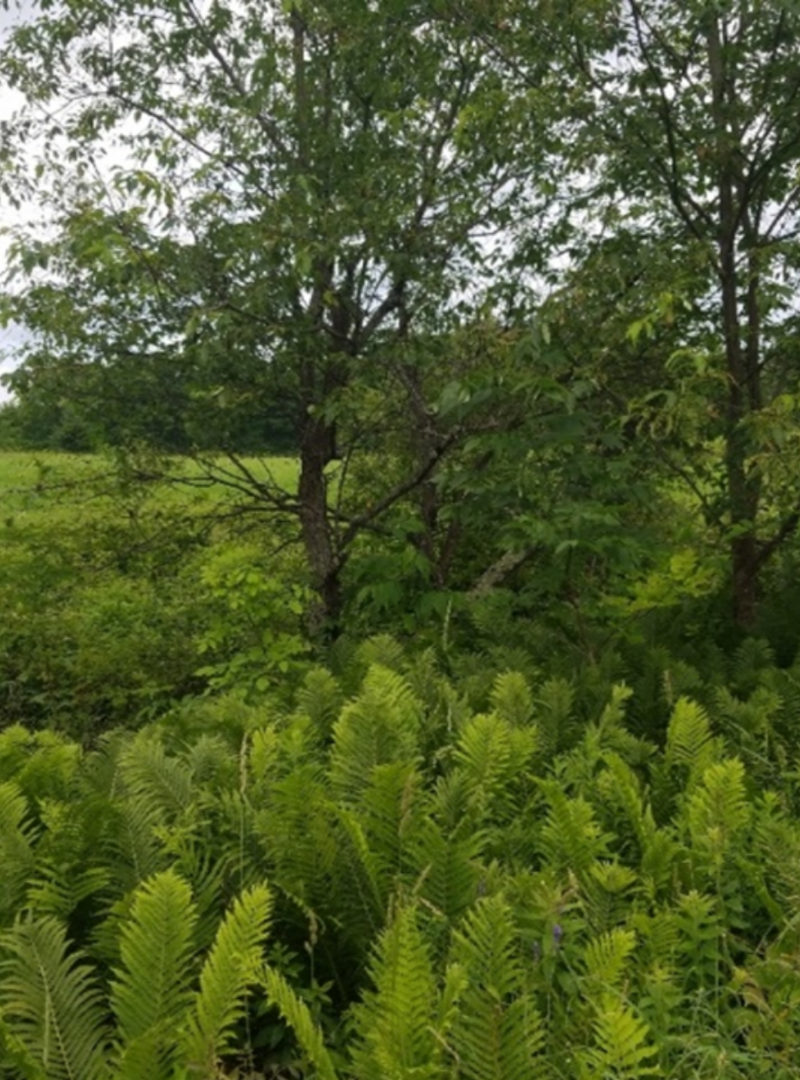
Nova Scotia Nature Trust – Blance Peninsula 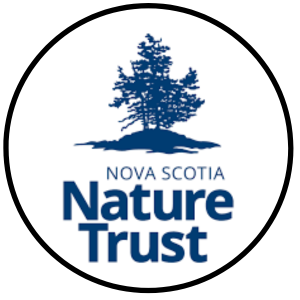
Project Accomplishments:
- Secured One of Nova Scotia’s Largest Undeveloped Coastal Properties:
Protected 638 hectares (17 parcels) encompassing 10 km of pristine coastline and diverse ecosystems — forests, bogs, barrens, wetlands, and barachois — in an area with only 5% of the province’s coast currently protected. - Advanced National and Regional Conservation Priorities:
Strengthened ecological connectivity within the Southwest Nova Biosphere Reserve and Atlantic Flyway, safeguarding critical habitat for migratory birds and species at risk, and contributing to Canada’s 30×30 conservation target. - Prevented Coastal Development and Ensured Long-Term Stewardship:
Eliminated major development threats by securing the land under Nova Scotia Nature Trust ownership, ensuring perpetual protection for biodiversity, climate resilience, and public access for research, recreation, and nature education.
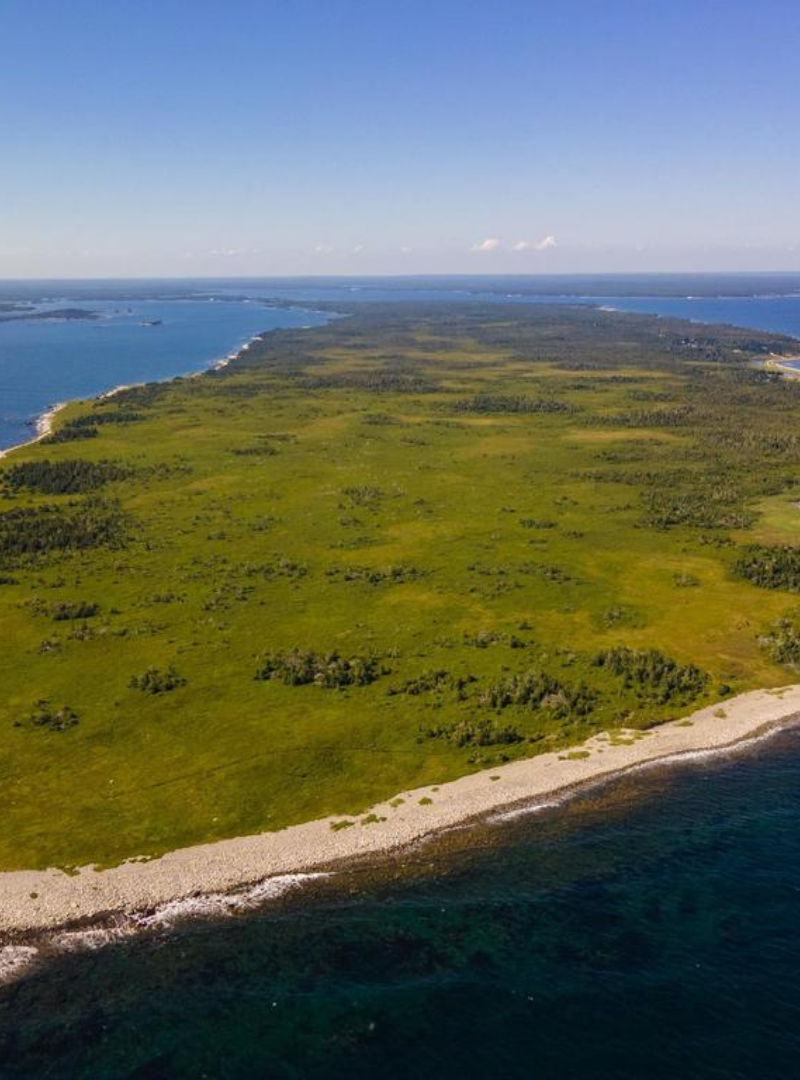
Mississippi Madawaska Land Trust – Chatson Woods 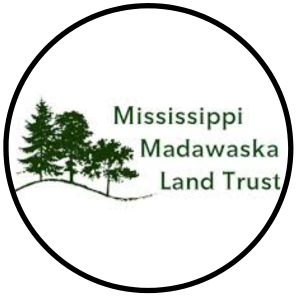
Project Accomplishments:
- Significant Expansion of Protected Lands:
Secured the 114.1 ha Chatson property, increasing the Rose Hill Nature Reserve by 78% to 259 ha, creating a larger continuous protected area of 926 ha when combined with adjacent Crown lands. - High Ecological and Geological Value:
The property features six habitat types, including wetlands, forests, and rock barrens, with Copeland Creek providing vital wildlife migration corridors and habitat for 11 confirmed species at risk within the Algonquin to Adirondack Corridor. - Prevented Habitat Degradation and Ensured Long-Term Protection:
Acquisition by the Mississippi Madawaska Land Trust safeguards the site from potential aggregate extraction and establishes passive management to preserve ecological integrity and cultural significance, including designated Indigenous archaeology areas.
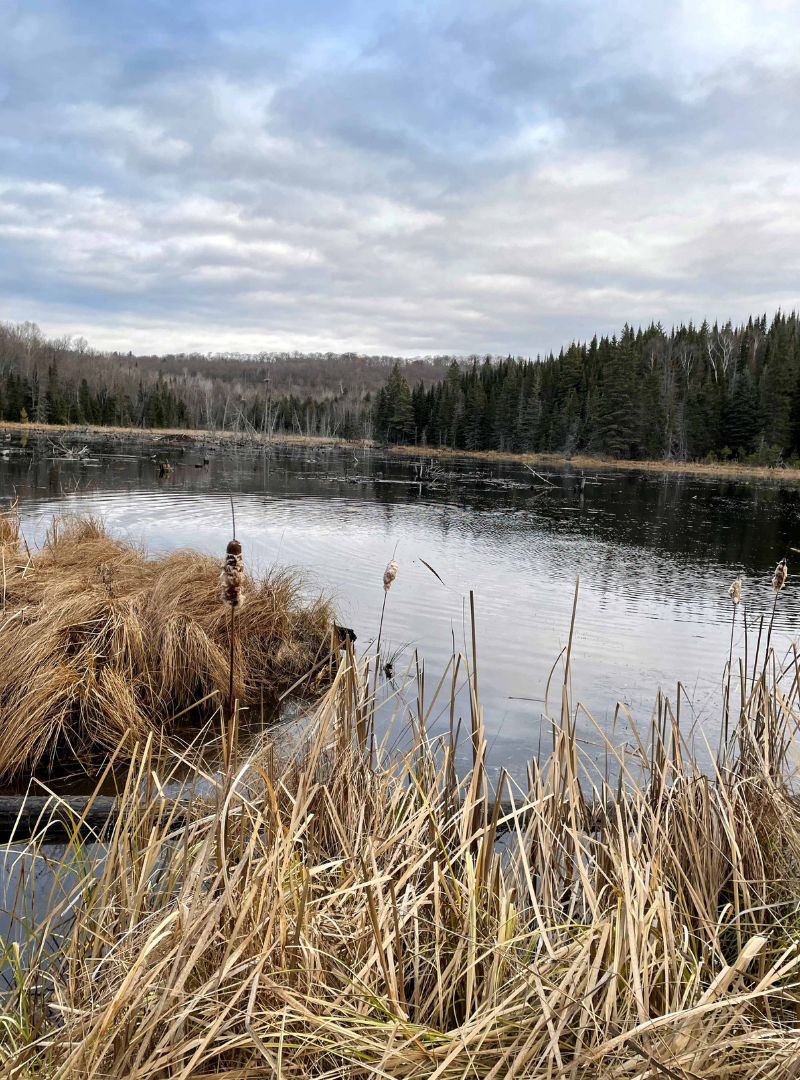
Thunder Bay Field Naturalists Club: Pardee Nature Reserve 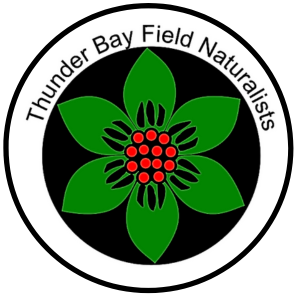
Project Accomplishments:
- Secured 161.2 ha of Ecologically Rich Land:
Protected three adjacent properties—Patterson West, Patterson East, and Vicol—through donations and purchase, expanding conservation coverage near Devon Road Mesa Provincial Nature Reserve and linking to nearby NCC and provincial park lands. - Enhanced Biodiversity and Habitat Connectivity:
The properties feature diverse habitats—forests, beaver ponds, meadows, and cliffs—supporting 60 bird species, 7 mammals, and 4 species at risk (with more expected). This protection strengthens the ecological corridor south of Thunder Bay. - Environmental Restoration and Stewardship in Action:
Volunteers began clean-up of abandoned homesteads, debris removal, and well decommissioning, improving site conditions and ensuring long-term ecological health under Thunder Bay Field Naturalists’ stewardship.
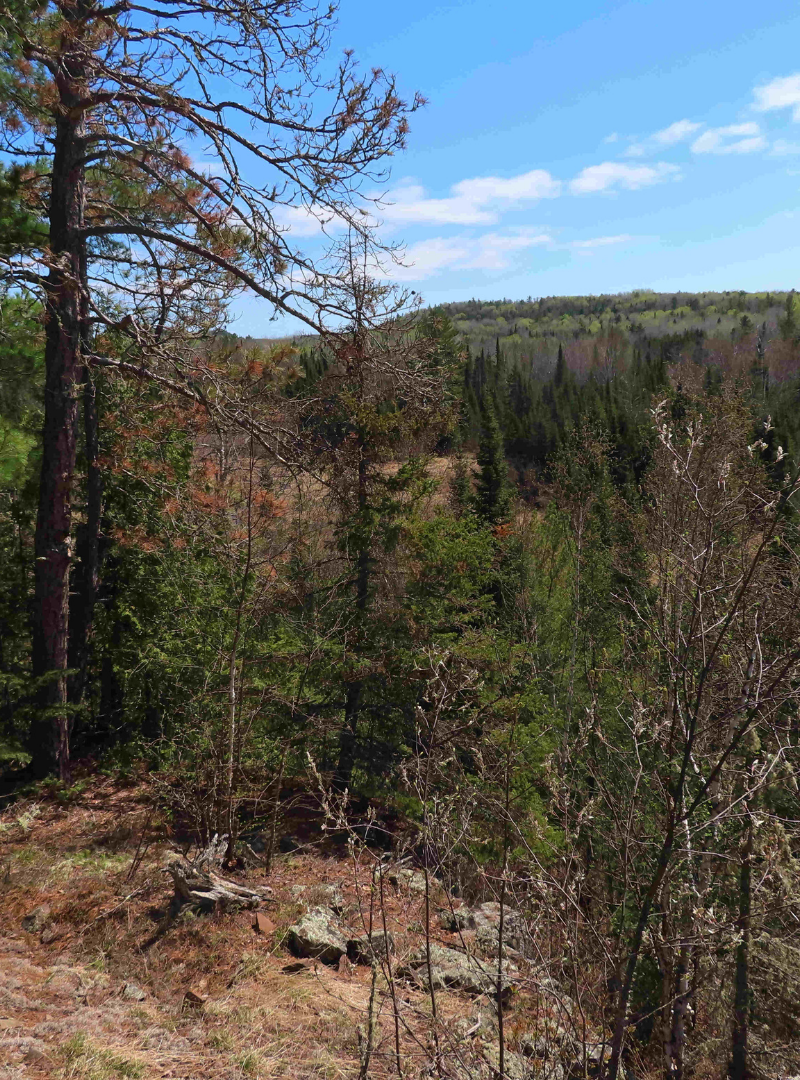
Comox Valley Land Trust – Puntledge River 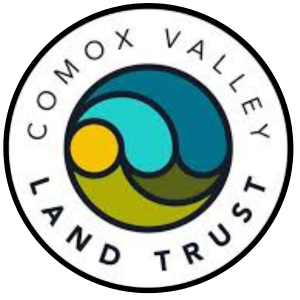
Project Accomplishments:
- Protected a Rare 120-Year-Old Forest in the Comox Valley:
Secured a long-term conservation agreement between Comox Valley Land Trust, Manulife Investment Management, and BC Hydro, preventing commercial logging on a 100-hectare forest that has regenerated naturally since 1903. - Preserved Critical Habitat and Public Recreation Area:
Safeguarded an ecologically significant forest and riparian ecosystem within the Puntledge River watershed, supporting one of B.C.’s most productive salmon runs and maintaining a popular natural park-like recreation area for public use. - Achieved Major Progress Toward Full Protection:
Successfully protected 62% of the Timber Reservation to date and initiated efforts to conserve the remaining 38%, ensuring permanent protection of a high-biodiversity site within the K’omoks Estuary Important Bird Area.
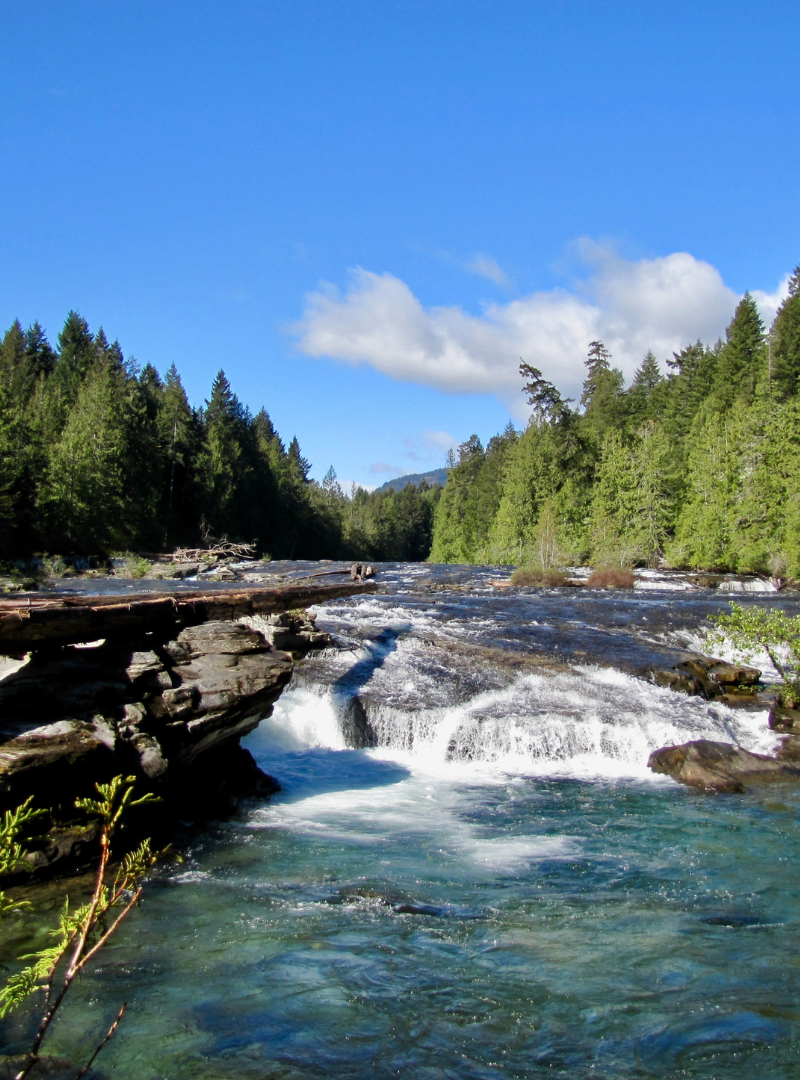
Southern Alberta Land Trust Society – Ransom 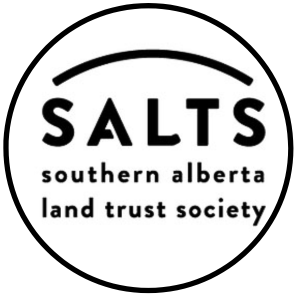
Project Accomplishments:
- Secured Protection of 709 ha of Native Grasslands:
Established a conservation easement on a large ranch in Alberta’s Foothills Fescue Natural Subregion, safeguarding native and tame grasslands, coulee riparian areas, and critical wildlife corridors within a heavily converted agricultural landscape. - Habitat for Species at Risk and Biodiversity Hotspot:
Documented key species at risk, including ferruginous hawks (nesting pair with fledglings) and sharp-tailed grouse (confirmed lek with 34 individuals), reinforcing the property’s regional and continental importance for grassland bird conservation. - Prevented High-Risk Land Conversion:
Protected ecologically significant lands from cultivation pressures, addressing a high “conversion risk” threshold and supporting private land conservation in a subregion where only 1.25% of grasslands are provincially protected and 88% are privately owned.
